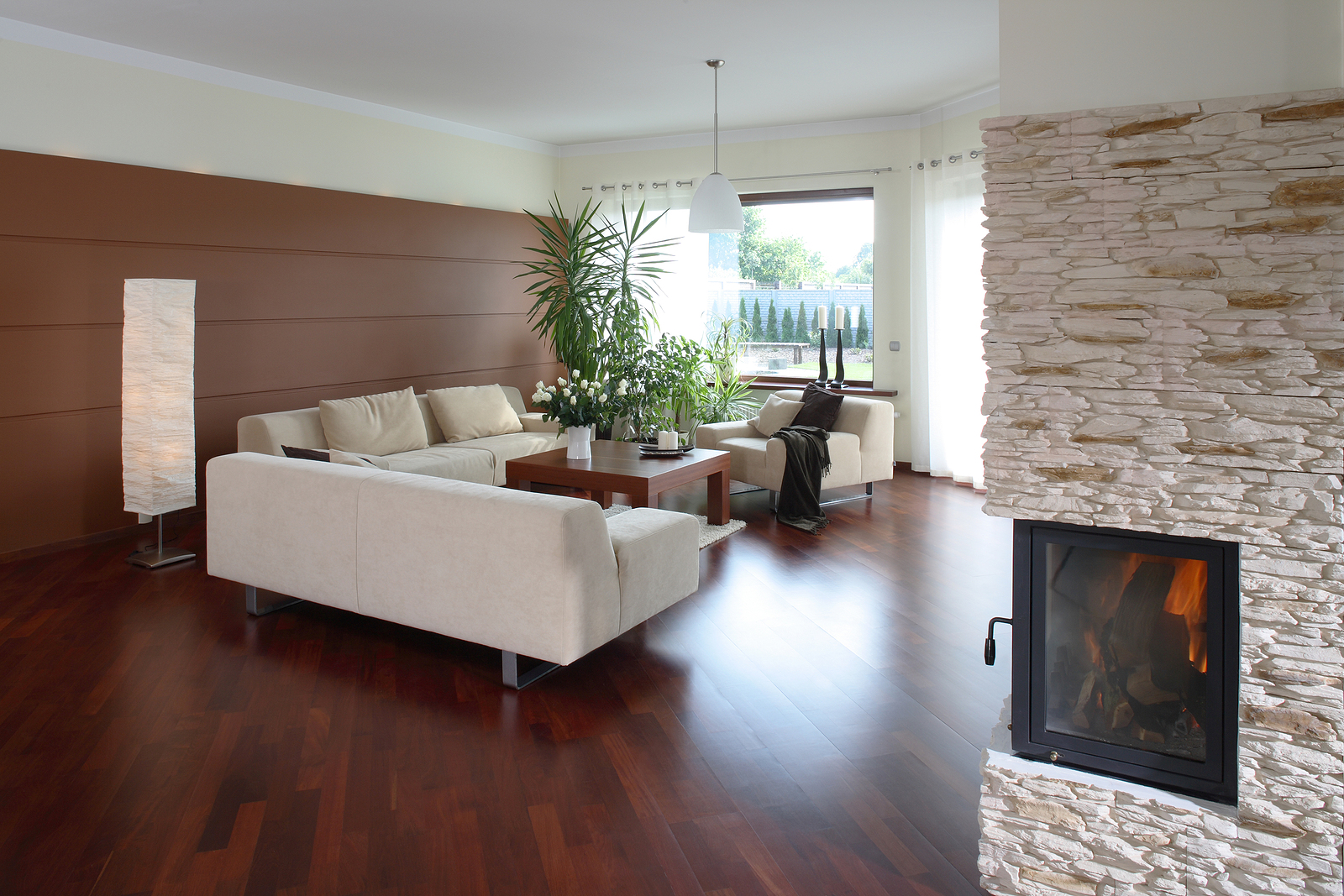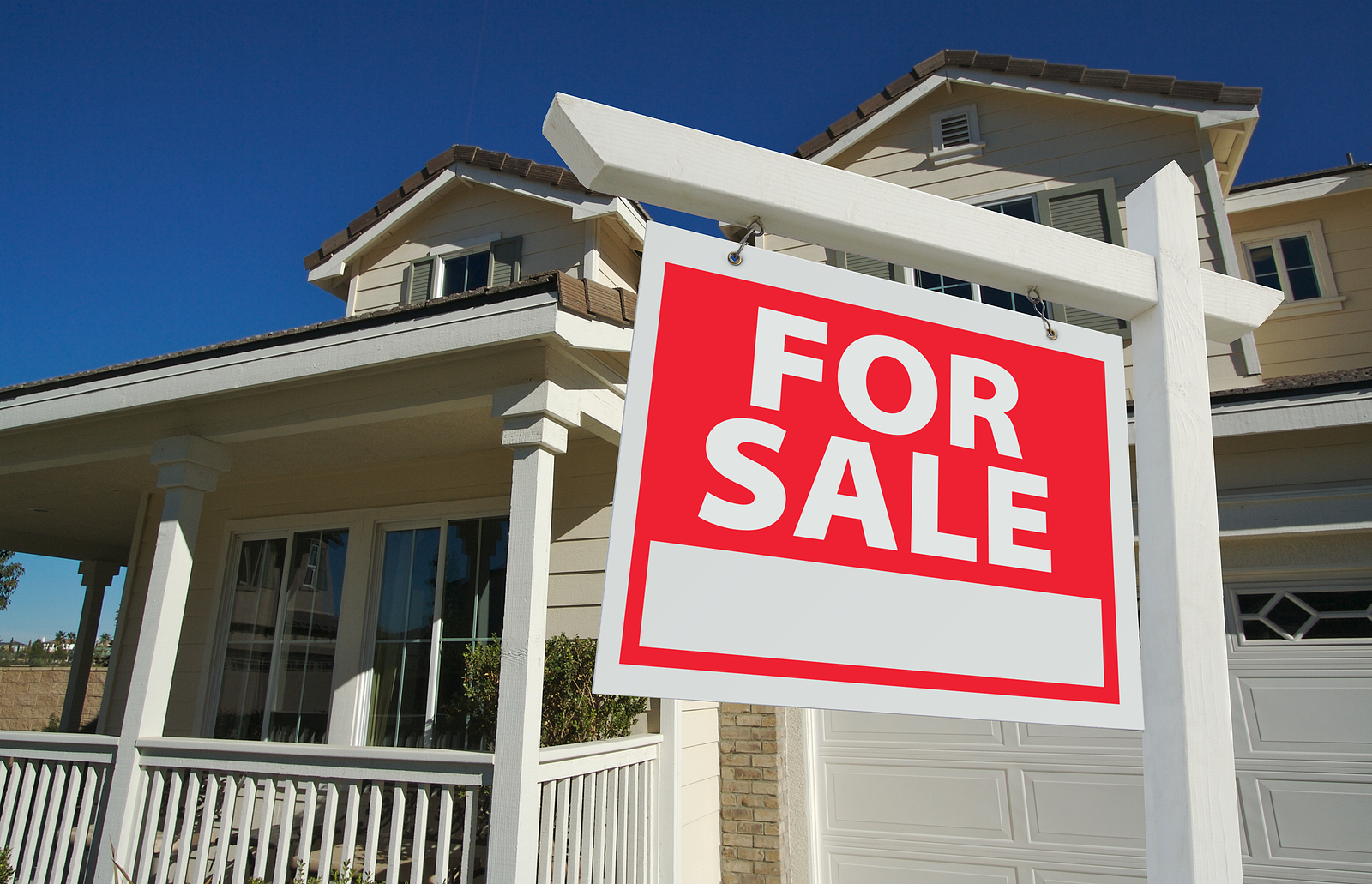We, as real estate industry professionals, know first-hand the benefits of home staging. We see it over and over. In fact, before the current seller’s market, we have seen homes sell for substantially more than the list price and we believe that home staging is the primary reason.
It’s remarkable how a seemingly straightforward task, such as cleaning your home, can yield a substantial 872 percent return on investment, as indicated by studies from homegain.com.
Once essential repairs are completed, the pivotal next steps in the process of contemplating the hiring of a stager involve thorough cleaning and decluttering. These actions not only contribute to the overall aesthetic appeal but also play a significant role in maximizing the potential value of your property.
What is home staging?
Now, let’s delve into the concept of home staging, as it might not be familiar to everyone.

Home staging is a strategic and thoughtful process aimed at enhancing the visual and emotional appeal of a property, making it more attractive to potential buyers. It goes beyond mere cleaning and decluttering, involving the arrangement of furniture, decor, and other elements to showcase the property’s best features.
In essence, home staging is about presenting a home in its best possible light, allowing prospective buyers to envision themselves living in the space. The goal is to create a lasting impression that resonates with potential buyers, ultimately increasing the likelihood of a quicker sale and often at a higher price point.
So, as you embark on the journey of selling your home, consider the impactful benefits that home staging can bring to the table, transforming your property into an irresistible and market-ready asset
Exploring the Economics of Home Staging: Balancing Costs and Rewards of staging a home
Engaging the services of a professional home stager comes with a price tag that can range from several hundred to thousands of dollars, contingent on factors like the home’s size and the extent of staging required.

Engaging the services of a professional home stager comes with a price tag that can range from several hundred to thousands of dollars, contingent on factors like the home’s size and the extent of staging required.
For those inclined towards a more hands-on approach, there’s the option of DIY staging. Countless sources on the internet offer inspiration and step-by-step instructions to guide homeowners through the process.
Did we mention that the homegain.com study reckons there is an average 586 percent return on investment for homeowners who stage their homes?
This statistic underscores the financial wisdom of staging your home for sale.
Beyond the financial considerations, there are additional compelling benefits to staging. One standout advantage is the accelerated pace at which staged homes tend to sell. As noted by professional home stager Betsy Wilbur from Glendale, California, ’95 percent of staged homes sell in 11 days or less,’ a remarkable statistic shared with Forbes’ Vanessa McGrady.
Given these substantial benefits, we wholeheartedly recommend the staging process to our valued listing clients. It’s not just an investment in presentation; it’s an investment in a swifter, more lucrative sale and a heightened overall selling experience.




